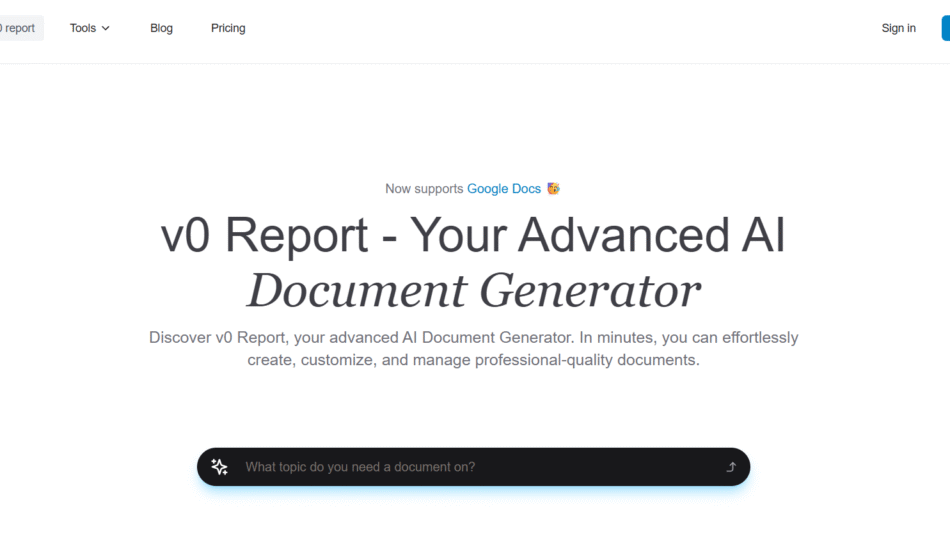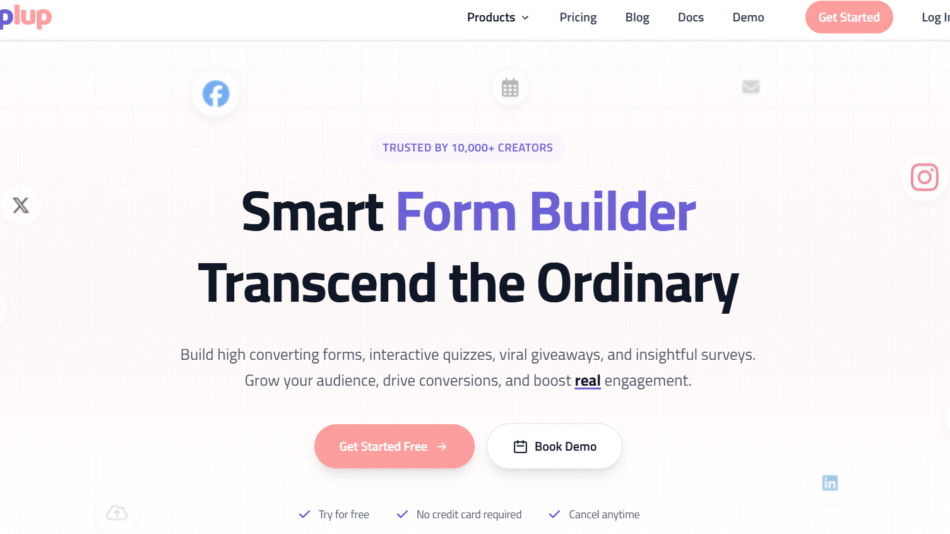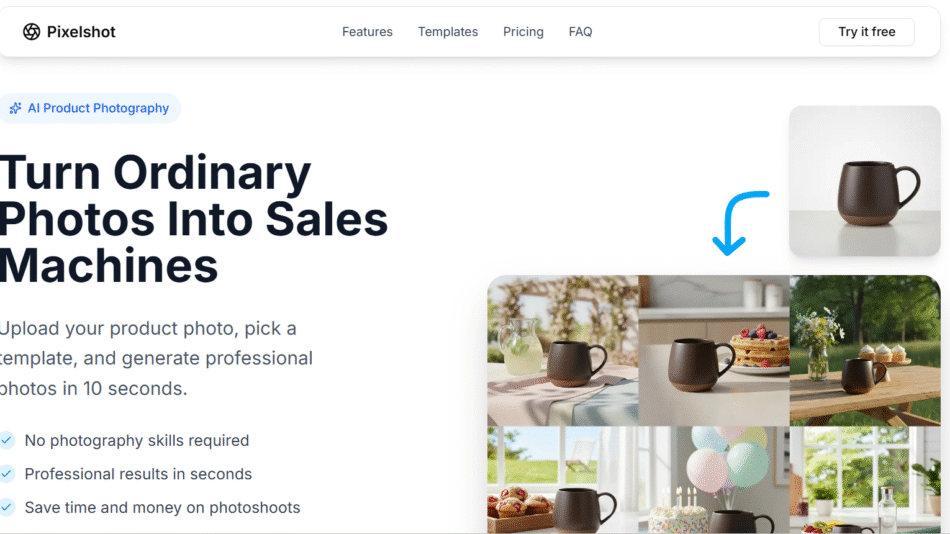ScrapegraphAI is an open-source, AI-driven web scraping framework that enables developers and data scientists to extract, transform, and query online data using natural language. Built on top of Python, it incorporates advanced technologies like LangChain, LLMs (Large Language Models), and Graph-based pipelines to offer a powerful, intelligent, and flexible scraping solution.
Unlike traditional scraping tools, ScrapegraphAI doesn’t just collect data—it allows users to interact with it conversationally. Whether you’re conducting market research, monitoring competitors, or building AI models, ScrapegraphAI simplifies the data collection process with modern AI integrations.
Hosted on GitHub and designed with a modular architecture, ScrapegraphAI is especially useful for developers who want to build custom pipelines that include scraping, parsing, and AI-powered querying—all in one place.
Features
ScrapegraphAI offers a rich set of features that distinguish it from conventional scraping frameworks:
LLM-Powered Scraping: Integrates large language models like OpenAI and Hugging Face for intelligent, natural language-based data querying and transformation.
LangChain Integration: Leverages LangChain to manage and build chain-of-thought pipelines that combine scraping with semantic understanding.
Graph-Based Pipelines: Uses directed graphs to model complex workflows including scraping, parsing, transforming, and outputting data.
Plug-and-Play Nodes: Each step in the scraping process (e.g., URL fetch, content extraction, LLM summarization) is a node, allowing complete customization.
Multiple Execution Engines: Supports synchronous, multiprocessing, and Ray-based distributed execution.
Open Source and Extensible: Built in Python and easily extendable with custom modules.
Data Storage Support: Output can be saved in formats like JSON, CSV, and even databases for downstream usage.
Visual Graph Viewer: Visualize your scraping pipelines to understand and debug workflows easily.
How It Works
ScrapegraphAI breaks down complex scraping and data transformation tasks into modular nodes arranged in a directed graph. Here’s a simplified overview of how it works:
Define the Graph: You create a YAML or Python file that outlines the scraping pipeline as a graph, with each node representing a task like fetching data, summarizing content, or converting formats.
Configure Nodes: Choose from built-in node types such as
ScraperNode,SummarizerNode,CSVExporter, andPromptNode. Each can be individually customized.Run the Graph: Execute the pipeline using one of the supported backends (Sync, Multiprocessing, Ray).
Query or Export: After execution, the output can be saved to a file, returned to a UI, or queried with natural language using an LLM.
This modularity makes it possible to build complex and intelligent workflows in just a few lines of code.
Use Cases
ScrapegraphAI is designed for a wide range of technical and research-focused applications:
Market Intelligence: Scrape product listings, reviews, and competitor data for analysis and strategy.
Content Summarization: Collect and summarize articles or blog posts using LLM nodes.
Academic Research: Automatically gather scholarly data and metadata from research websites or public datasets.
Data Labeling for ML: Extract and preprocess web data for machine learning and NLP models.
Social Media Monitoring: Track and analyze trends, hashtags, and user behavior using structured scraping flows.
Price Tracking and Alerts: Set up pipelines to monitor price changes on e-commerce platforms and notify via API or email.
Pricing
ScrapegraphAI is an open-source tool and completely free to use. You can access it from the official GitHub repository:
However, note that while the framework itself is free, integrating it with external services like OpenAI (for GPT) or running it with Ray clusters may incur separate costs depending on your usage and API limits.
Key pricing considerations include:
Open Source License: Free under the MIT license.
Third-Party API Costs: Use of LLMs from OpenAI or Hugging Face may involve pay-as-you-go billing.
Hosting/Infrastructure: Optional, depending on if you’re deploying pipelines in the cloud.
Strengths
ScrapegraphAI has several strengths that make it a standout in the web scraping space:
Modern Architecture: Combines AI, LangChain, and graph theory for next-gen scraping workflows.
Natural Language Queries: Use LLMs to ask questions about scraped content.
Highly Customizable: Easily modify pipelines with custom nodes and data sources.
Visual Debugging: Built-in visualization tools help trace data flow through the graph.
Free and Open Source: No licensing costs or platform lock-in.
Community Support: Active development and community contributions on GitHub.
Drawbacks
While ScrapegraphAI is powerful, it may not suit every user, especially those without coding experience:
Developer-Oriented: Requires familiarity with Python, YAML, and APIs.
No GUI Interface Yet: Users must work with code to define and execute graphs.
Early-Stage Tooling: As a relatively new open-source project, documentation and integrations are still expanding.
Not Built for Mass Parallelism Out-of-the-Box: While it supports Ray and multiprocessing, setup may require tuning.
Comparison with Other Tools
Here’s how ScrapegraphAI compares to other popular web scraping frameworks:
vs. BeautifulSoup/Scrapy: Traditional tools are focused on static scraping and HTML parsing. ScrapegraphAI offers LLM integration and pipeline orchestration, going beyond basic scraping.
vs. Apify: Apify provides a GUI and cloud-based service; ScrapegraphAI is a code-based, open-source framework for deeper customization.
vs. Octoparse/ParseHub: These no-code platforms are beginner-friendly but lack the AI integration and flexibility offered by ScrapegraphAI.
vs. LangChain (Alone): While LangChain helps build LLM apps, ScrapegraphAI brings scraping and LangChain together in a unified data pipeline.
Customer Reviews and Testimonials
As an open-source project, ScrapegraphAI is gaining attention on GitHub and in AI developer communities. While it doesn’t yet have formal reviews on marketplaces like Product Hunt or G2, community feedback on GitHub includes positive mentions of its flexibility and innovation.
Some highlights include:
“Combining LangChain with scraping is genius. Saved me hours building custom workflows.”
“I used ScrapegraphAI for collecting and summarizing legal documents—works like a charm.”
“Amazing framework if you’re already comfortable with Python and LLMs.”
Contributors are actively improving the tool, and issues are addressed promptly by the maintainers, indicating a healthy and growing ecosystem.
Conclusion
ScrapegraphAI represents the future of web scraping by merging traditional extraction with modern AI capabilities. Whether you’re a data scientist, AI researcher, or backend developer, it offers an efficient, scalable, and intelligent way to extract and understand online data.
Its graph-based architecture, open-source availability, and integration with LLMs make it an excellent choice for building powerful, real-time scraping pipelines. While it requires technical know-how, the payoff is a fully customizable and AI-enhanced approach to data extraction.
For developers seeking a next-generation scraping framework that blends machine learning, automation, and modularity, ScrapegraphAI is a tool worth exploring.















